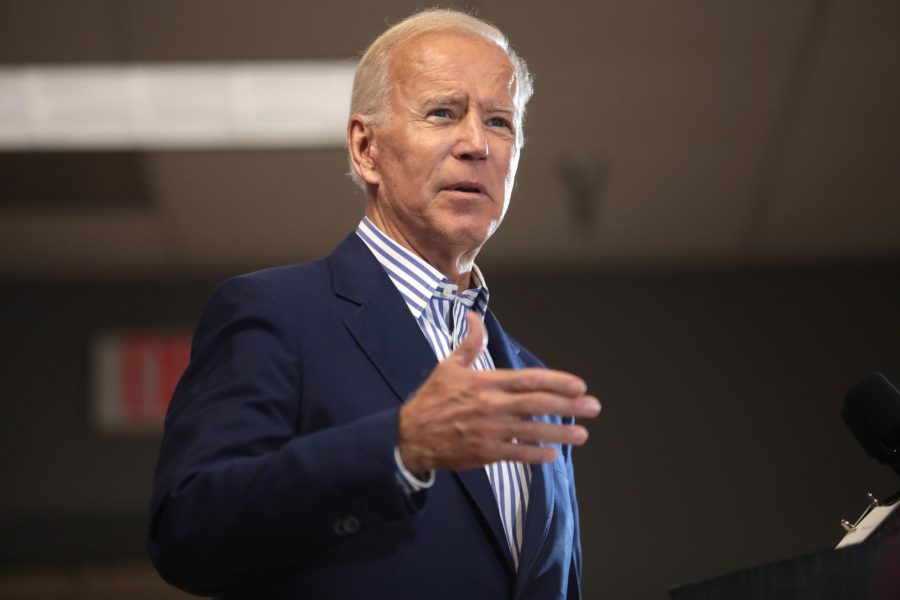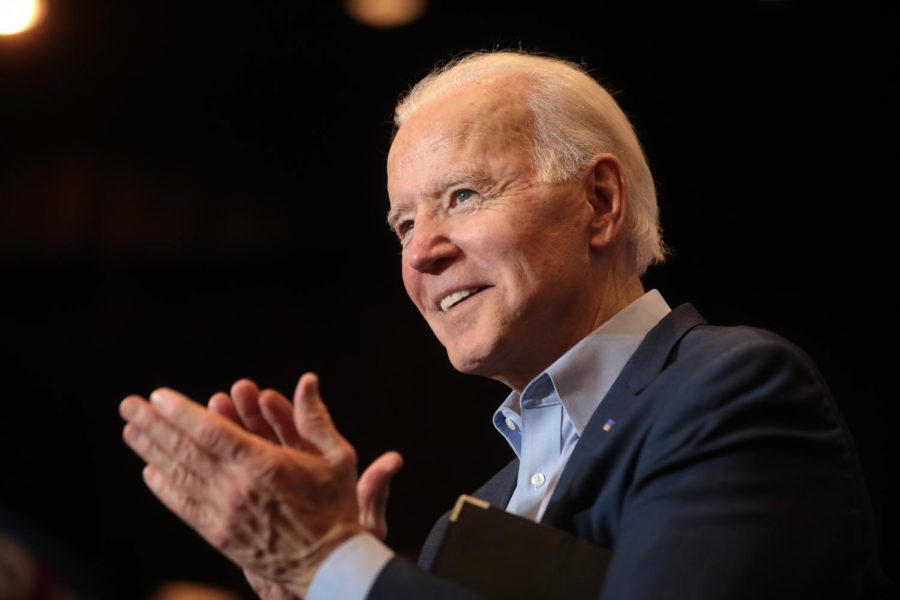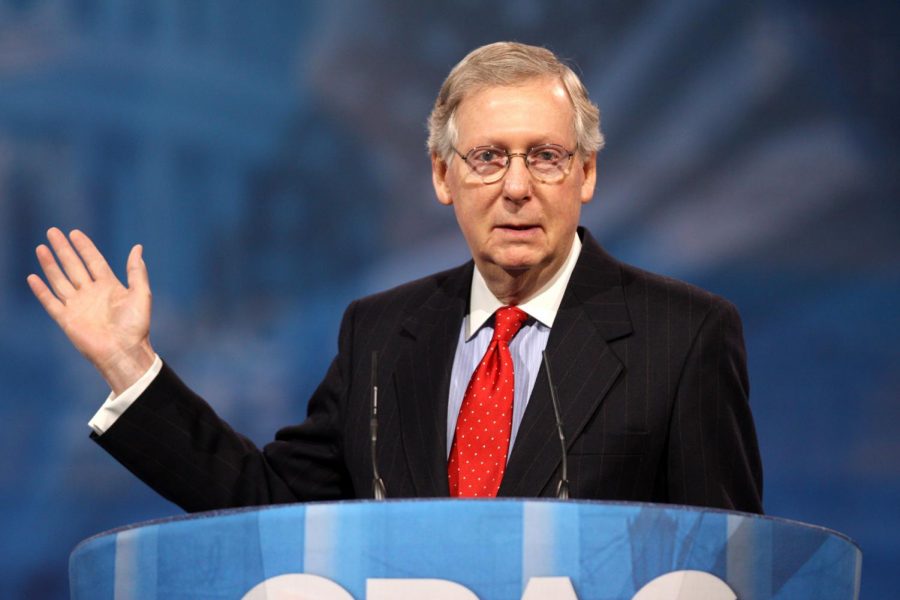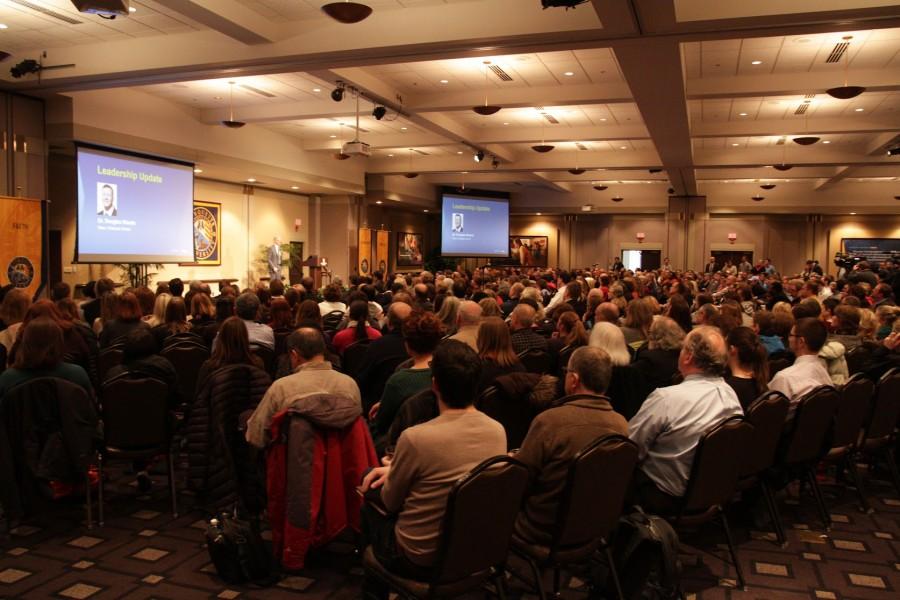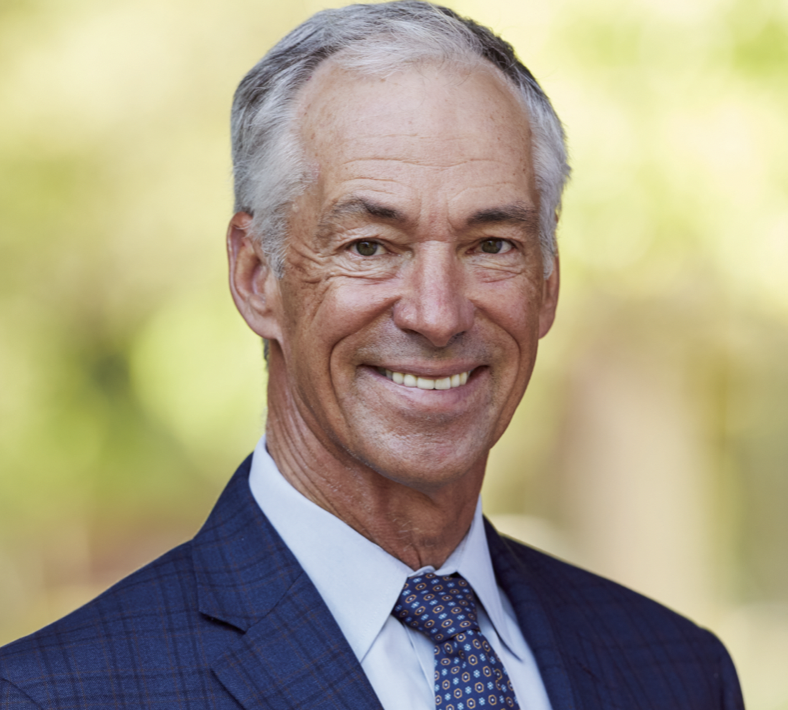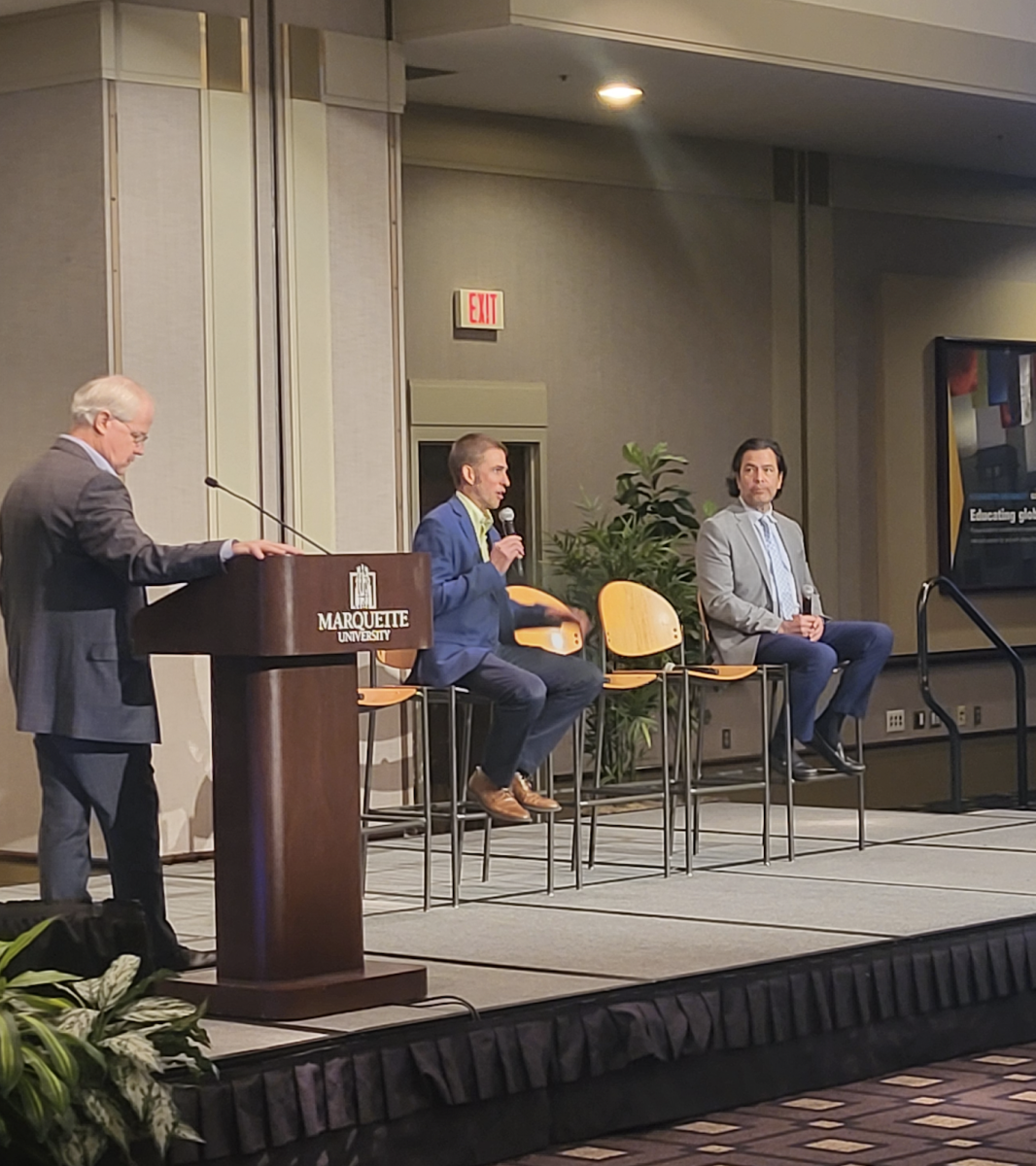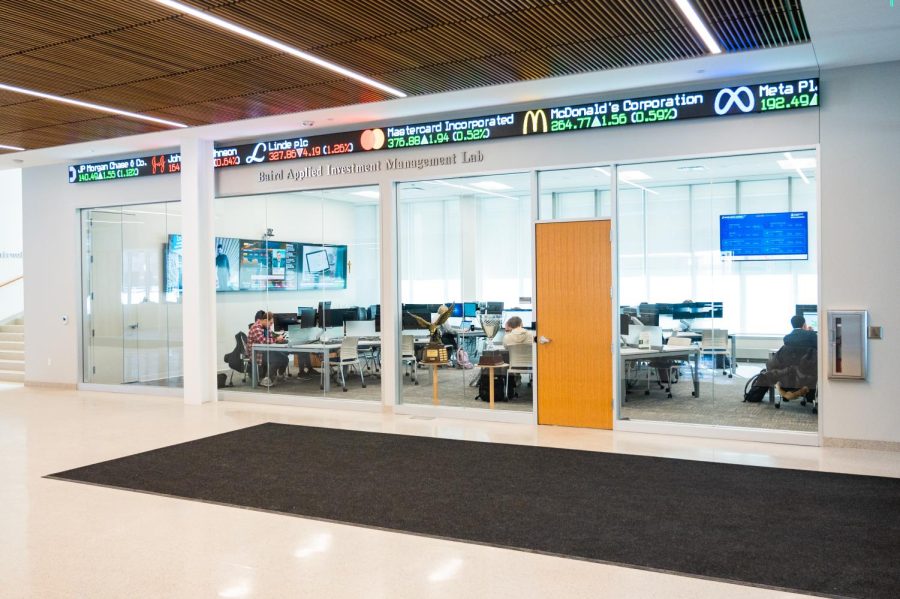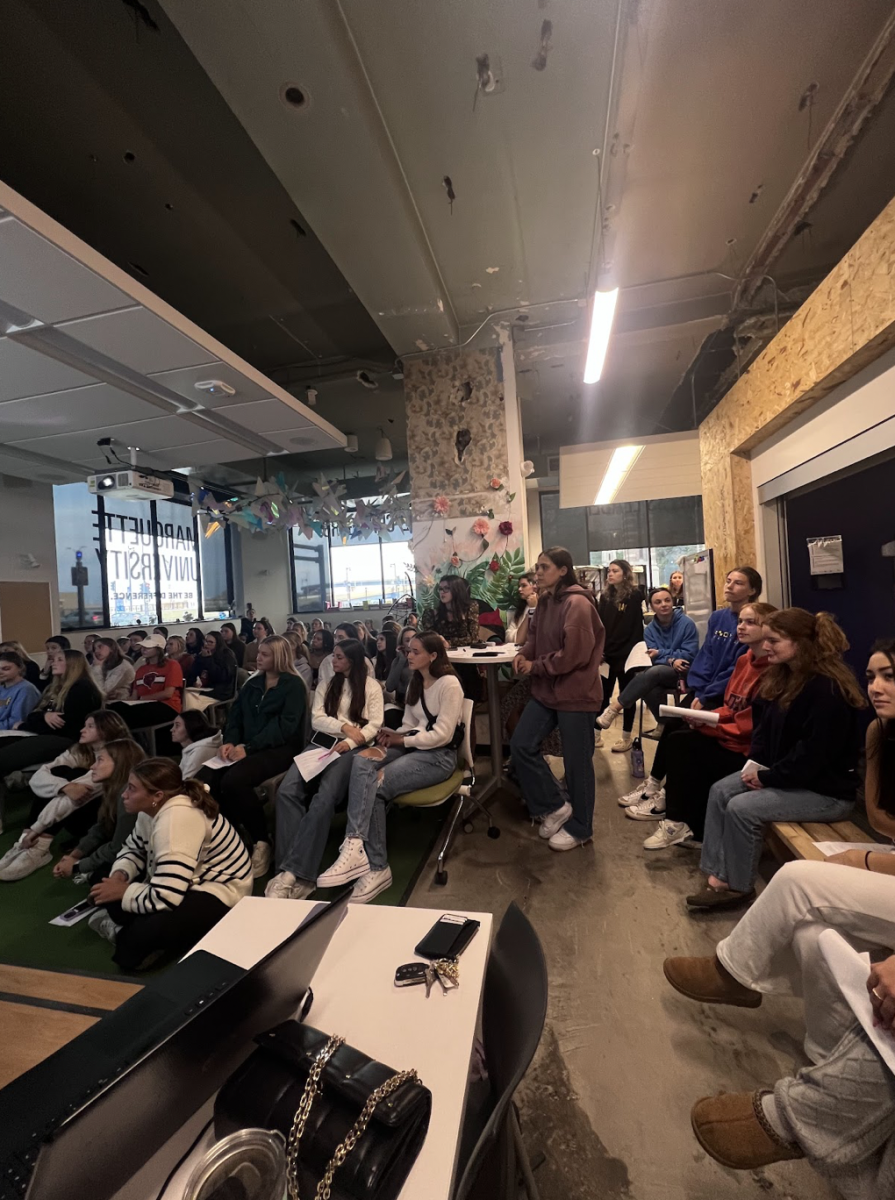 The university will not alter its strategic plan despite major administrative changes since it was approved in May 2013, but its development slowed significantly.
The university will not alter its strategic plan despite major administrative changes since it was approved in May 2013, but its development slowed significantly.
“We’re struggling a little with developing systems to track and measure our progress on the pursuit of ideas,” said Tom Ganey, university architect and cochairman of the plan’s coordinating committee. “I’ve found some good colleagues in the College of Business Administration to consult with and we’re working through some models.”
The strategic plan’s six overarching themes are pursuit of academic excellence for human well-being; research in action; social responsibility and community engagement; formation of the mind and the heart; enhancement of organizational effectiveness; and sustainability of valuable resources. Each theme has its own goal that makes up the plan’s foundation.
Ganey said the plan’s themes and goals will be implemented over the next five to seven years.
“There have been a lot of new initiatives; just having the plan gives the colleges a place of reference and a rallying point for their own planning efforts,” Ganey said. “The plan guided a lot of work that the university administrative team has done in the past year.”
Recent leadership changes, including hiring University President-elect Michael Lovell and searching for a new provost, have not affected the plan’s content, though.
“Certainly the changes in leadership have had an effect on the speed at which we implement the strategic plan, but the plan itself has been endorsed by the board of trustees throughout the presidential search,” Ganey said.
After Lovell takes office Aug. 1, Ganey will meet with him to discuss further implementation of the plan.
“In Lovell’s March 26 press conference he said he looks forward to working with the strategic plan and building upon it,” Ganey said. “The same would hold true for a new provost.”
Jeanne Hossenlopp, vice provost for research and dean of the Graduate School, said some students were vocal regarding their opinions about the plan.
“There has been student input in the Research in Action discussions primarily through student representation on University Board of Graduate Studies as well as graduate student participation in the recent faculty forum,” Hossenlopp said in an email. “The Graduate Student Organization has been discussing whether or not they wish to hold their own forum.”
As part of the plan’s Research in Action theme, the university is applying to achieve the “high research activity” Carnegie Classification.
“UBGS faculty and the Committee on Research are involved with the Carnegie Classification, as well as defining and growing areas of greatest research potential and growing scholarly collaboration across disciplines, in addition to research that addresses community and world problems,” Hossenlopp said in the email.
Different areas of the plan have seen progress so far, despite the setbacks.
“The enrollment planning and program review in the academic area, they’re not complete by any means, but really good progress has been made in the review and comprehensive enrollment plan,” Ganey said.
The plan is expected to hold up in future years, but is subject to change if need be.
“Six years from now, I would expect to see substantial progress on the original goals as well as a number of new areas of focus,” Hossenlopp said in the email. “Strategic plans should ideally be living documents that change as objectives are met and new ones are added in response to changing circumstances.”



